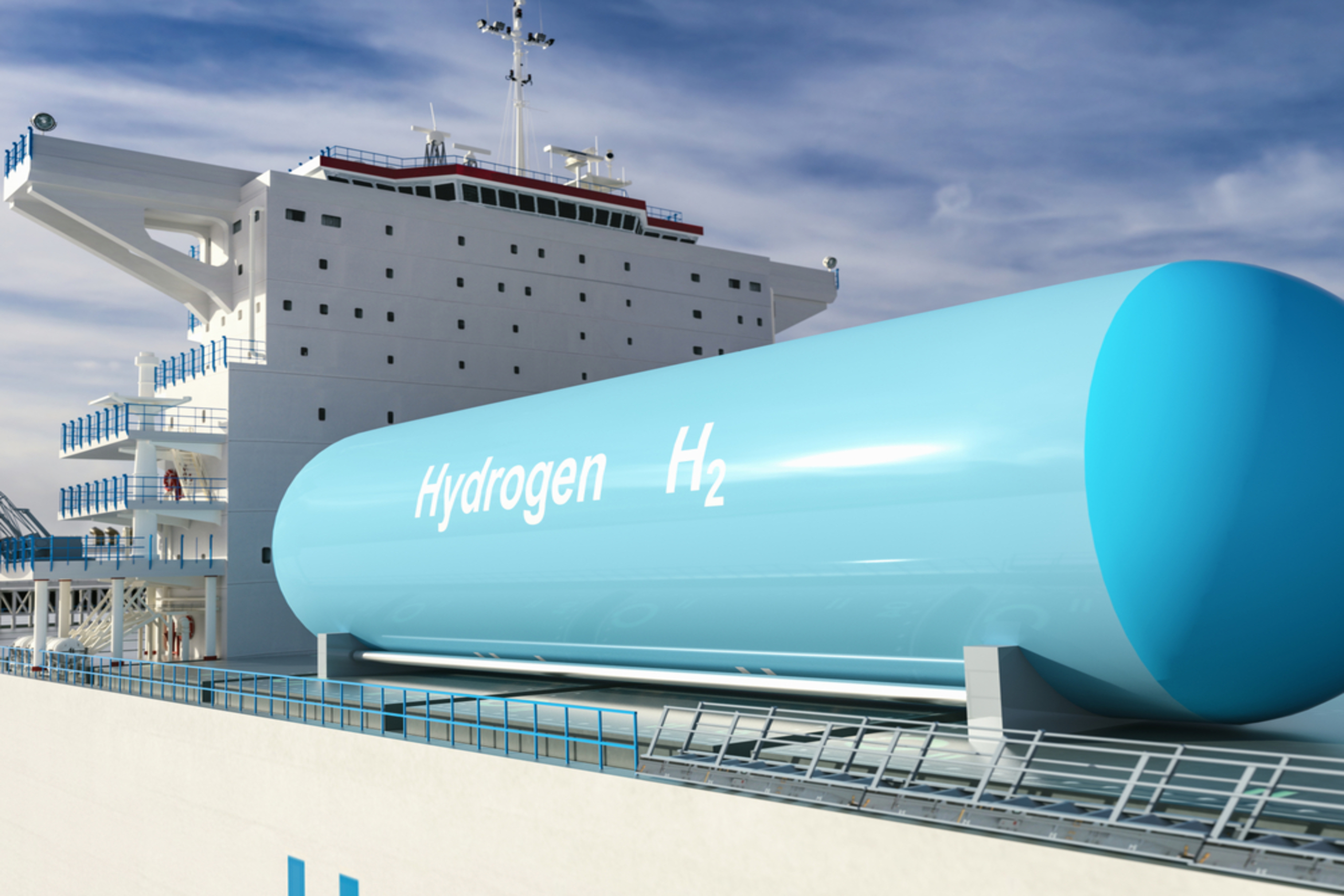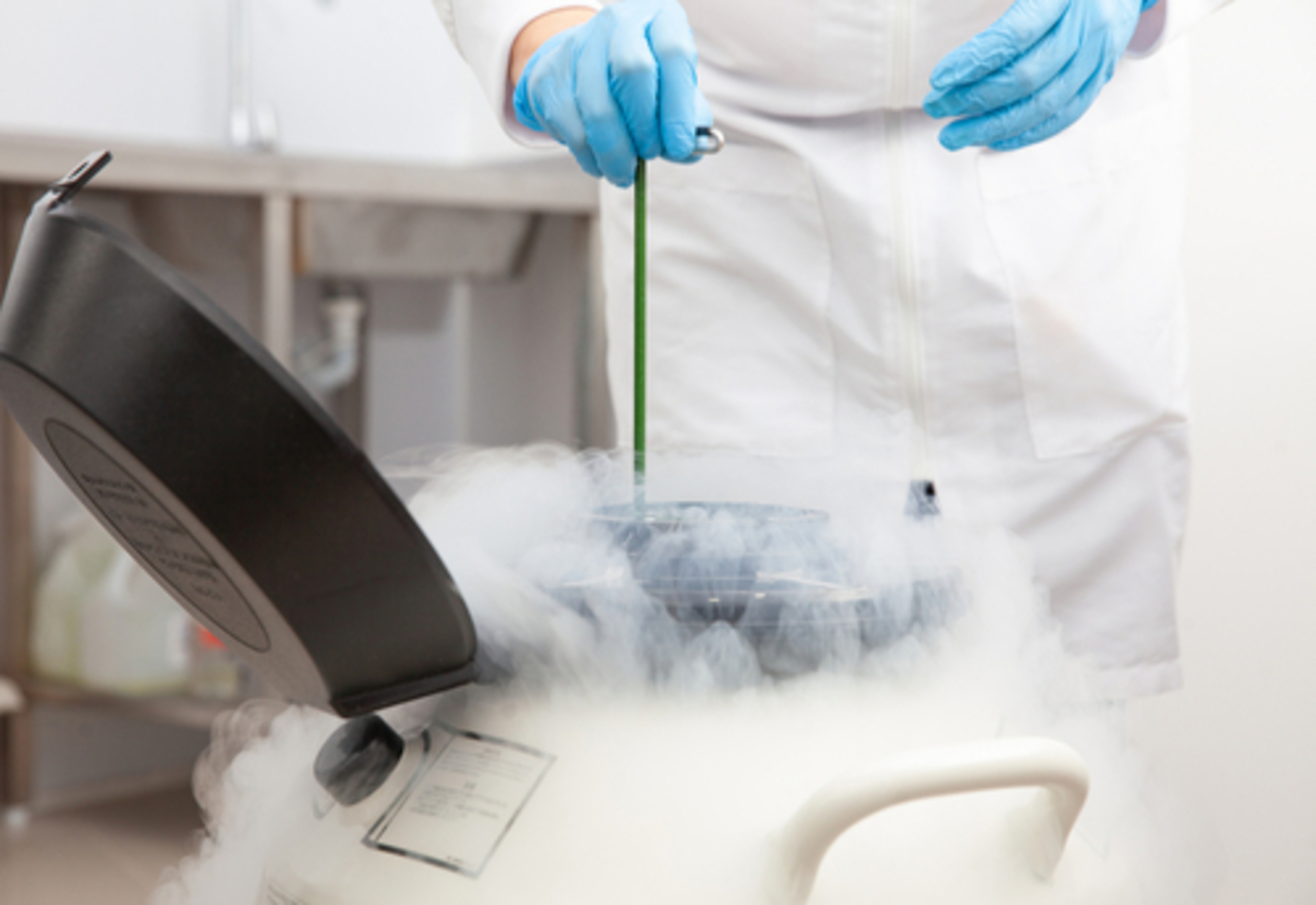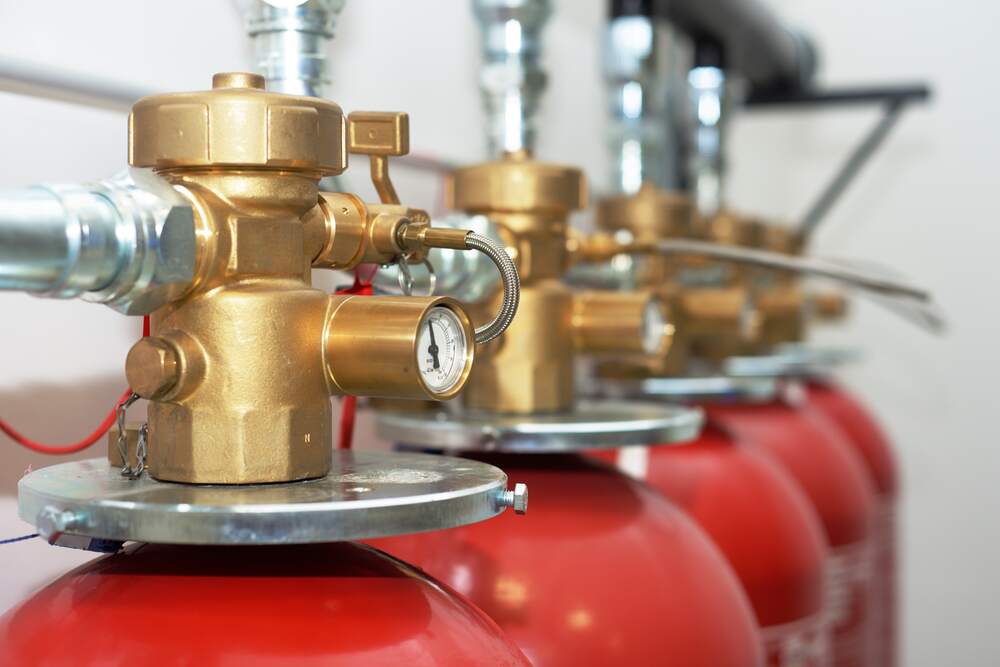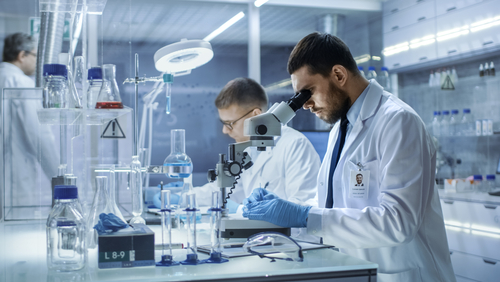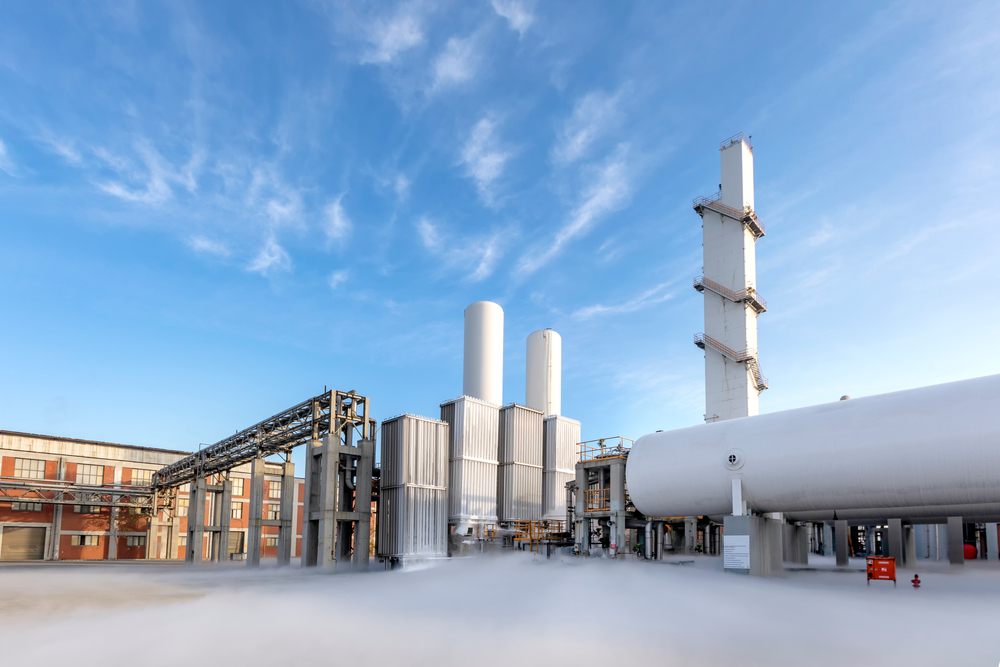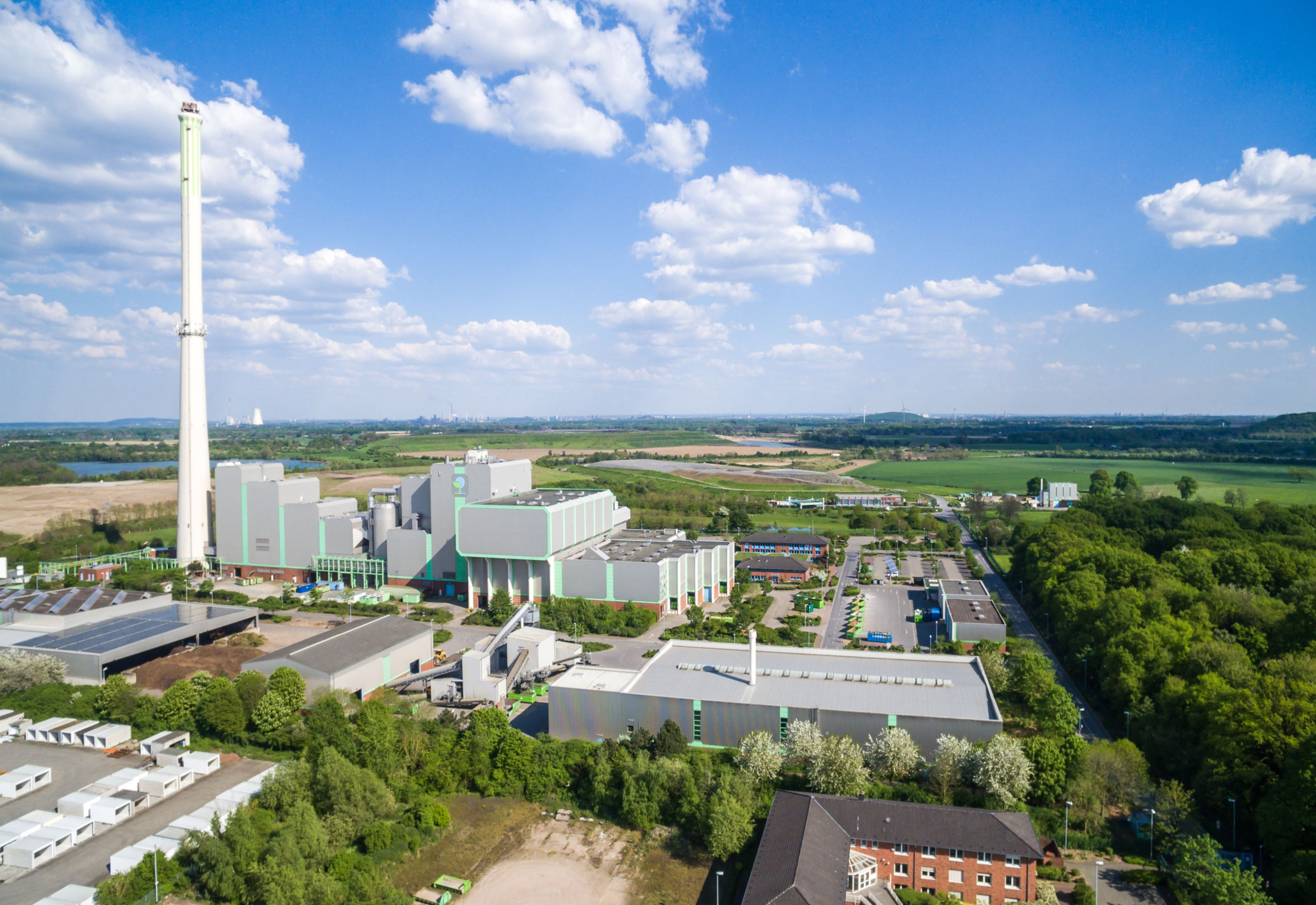Process Analytical Spectroscopy Monitoring

Why Use Process Analytical Spectroscopy for Real-Time Monitoring?
Traditionally, absorption spectroscopy has been the gold standard for precise sample analysis in laboratories. However, with the rapid advancements in electronic circuitry and optical components over the years, the broader UV/VIS/NIR spectrum has emerged as a powerful tool in process analytical technology. As a result, fiber optic-based dispersive grating spectrometers have revolutionized the process, offering unparalleled acquisition speed, measurement range, and sensitivity. For example, a comprehensive set of data that would typically require hours of painstaking laboratory analysis can now be captured in just about a minute with a process spectrometer, significantly speeding up the analytical workflow.
Moreover, Process Analytical Technologies (PAT) have been field-proven for nearly three decades, offering consistent and reliable performance in a variety of industrial applications. For instance, a Guided Wave scanning spectrometer, when operated continuously 24/7, can last over 10 years with more than 99% uptime. This durability ensures long-term reliability and minimal disruption to production. Furthermore, the maintenance requirements for process spectrometers are considerably lower compared to other monitoring techniques, such as process gas chromatographs and online titrators. This reduces both downtime and maintenance costs, making Guided Wave analyzers not only a practical but also a cost-effective solution. The low operational costs, combined with the high return on investment, make these spectrometers a sensible and proven choice for industries focused on long-term sustainability and performance.
In addition, near-infrared (NIR) spectroscopy offers a non-destructive and highly efficient technique that delivers fast, accurate, and reproducible results for monitoring process conditions. By shining light on the sample and analyzing how the light interacts with it, NIR spectroscopy enables real-time monitoring of multiple constituents simultaneously. This capability is especially beneficial for industries that require continuous process monitoring. Moreover, NIR spectroscopy eliminates many of the high maintenance costs, frequent calibrations, and extensive upkeep typically associated with gas chromatography (GC). Unlike GC systems, which often require costly sample systems and fast loops to ensure accuracy, optical technology in NIR spectroscopy reduces or completely eliminates these needs.
Notably, gas chromatography can lead to significant ongoing costs for routine maintenance, column degradation, and carrier gas consumption. These expenses can quickly add up, making it a costly and inefficient choice in the long term. By replacing traditional gas chromatography with a Guided Wave inline spectrometer-based analyzer, companies can significantly reduce operational costs, maintenance efforts, and potential downtime, leading to greater overall cost savings and increased process efficiency.
Ultimately, the shift toward process spectrometers based on fiber optic technology and NIR spectroscopy represents a significant advancement in industrial process monitoring, combining speed, accuracy, and low maintenance in one powerful tool. This transition enables businesses to achieve better analytical results, improved efficiency, and substantial cost savings over time.
